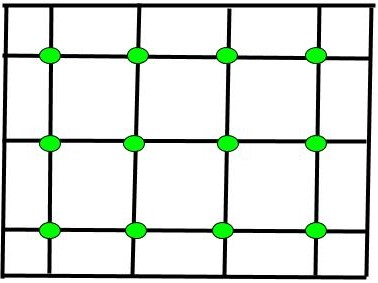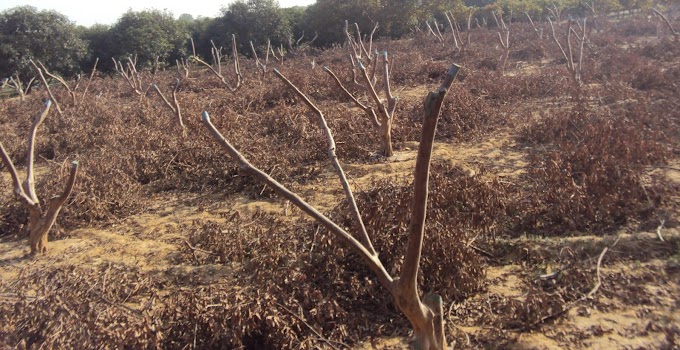Objectives of Fruit Breeding
Fruit breeding is a long-term process due to the long juvenile period of most fruit trees and it requires high investment for testing which makes fruit breeders plan and follow sound principles in breeding. In broader sense fruit breeding is performed to fulfill the objective:
- To develop and improve superior cultivars continuously to enable genetic advancement in successive generations.
- To fulfill the consumer's demand and their preferences.
- To achieve precocity in fruiting in which tree begins earlier fruit production and shorts juvenile period.
- To get desirable fruit quality that includes taste, appearance, size, flavor, texture, and nutrients.
- To improve keeping the quality.
- To meet the demands of the fruit processing industry.
- To develop biotic and abiotic resistance cultivars.
- To develop adaptation capacity in fruit trees for new agro-climatic conditions.
- To get higher yield and enhance the fruit export.
Problems of Fruit Breeding
- Most fruit trees have long juvenile phases during which they do not flower, a prerequisite of breeding subsequently conventional fruit breeding techniques may take 5-10 years generation time depending on the fruit species.
- The fruits are heterozygous, out breeders and they do not breed true form seeds of similar genetic make in successive generations. Asexual propagation, therefore, is only means to maintain the best combinations of genes of a superior fruit cultivar.
- Most of the unique traits of good fruit cultivars are polygenic in inheritance and are not simple Mendelian traits.
- The consumers prefer well-known existing famous fruit cultivars and have little interest in newly developed unfamiliar cultivars.
- Sometimes incompatibility, polyploidy, parthenogenesis and parthenocarpy become biological constraints in fruit breeding.









